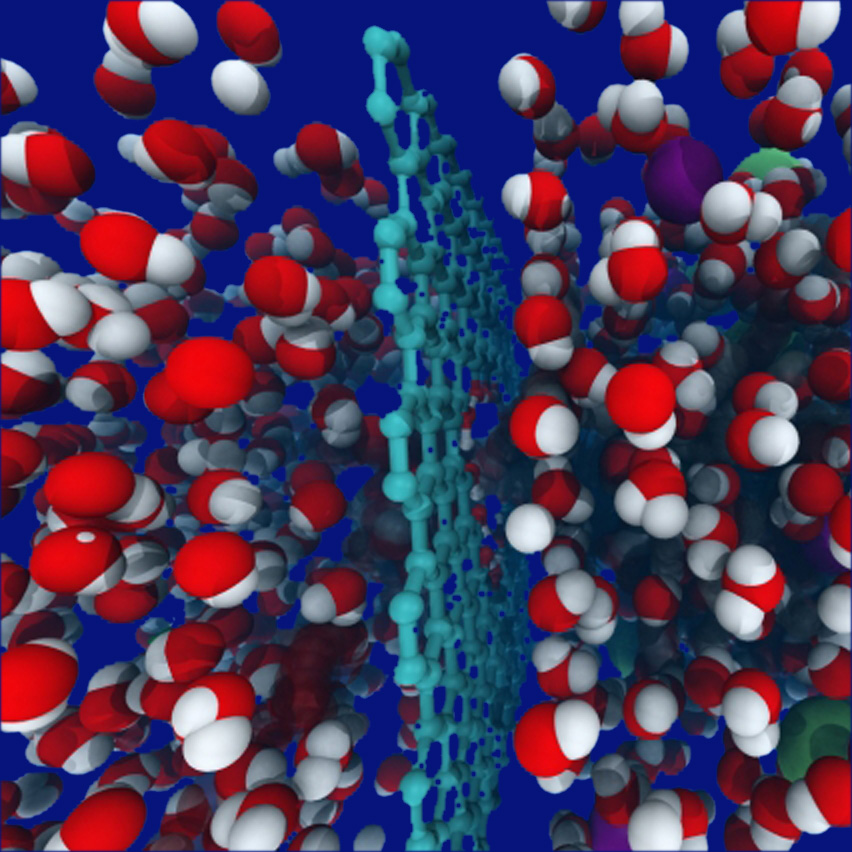
Researchers at the University of Manchester in the U.K. have discovered a promising new way to desalinate ocean water using graphene. The study, lead by Rahul Nair of the National Graphene Institute, involves coating a graphene layer to create a stable filter capable of catching salt ions while allowing plain water to pass through.
Graphene, first isolated by Andrei Geim and Kostya Novoselov in 2004, is a single sheet of carbon atoms, discovered by using Scotch tape on graphite flakes. Geim and Kostya found that repeatedly using tape on tape peeled away successively thinner layers of graphite, ultimately revealing a nearly transparent atomic-scale lattice. The two-dimensional carbon crystal is now recognized as the strongest, thinnest, and lightest material on Earth.
The potential uses for graphene are endless. Given its strength, transparency and conductivity, it is currently being tested for everything from flexible smartphone screens to ultra-light jets and clear building materials. Given carbon is the basis for all life (that we know of), graphene could potentially fuel an entirely new industrial revolution, creating components that are both biodegradable and sustainable.
The new U.K. study, released April 3, reveals that the layering of an epoxy resin to either side of the single-atom thick graphene prevented a previously discovered problem: the membrane swells when immersed in water. By coating the graphene with epoxy, the researchers were able to ‘lock’ the membrane into its normal hexagonal size, preventing 97% of the salt crystals from passing through.
Further work is needed to ensure this composite membrane will withstand prolonged contact with saltwater, but the early results are encouraging, especially when compared to the alternatives. Current desalination processes are costly, usually involving either the heating of saltwater, or the filtration of water using polymer-based membranes. Both have been criticized for their environmental impacts. Given the stakes, development proceeds — but graphene filters could quickly disrupt the established processes.
The issue of water access is one that will only grow with time. The United Nations estimates that nearly one-fifth of the world, around 1.2 billion people, live in areas of freshwater scarcity. By 2025, nearly 1.8 billion people will be living in countries or regions with absolute water scarcity. Graphene sieves offer hope for both an inexpensive and eco-friendly solution to this ongoing crisis.

No comments yet.